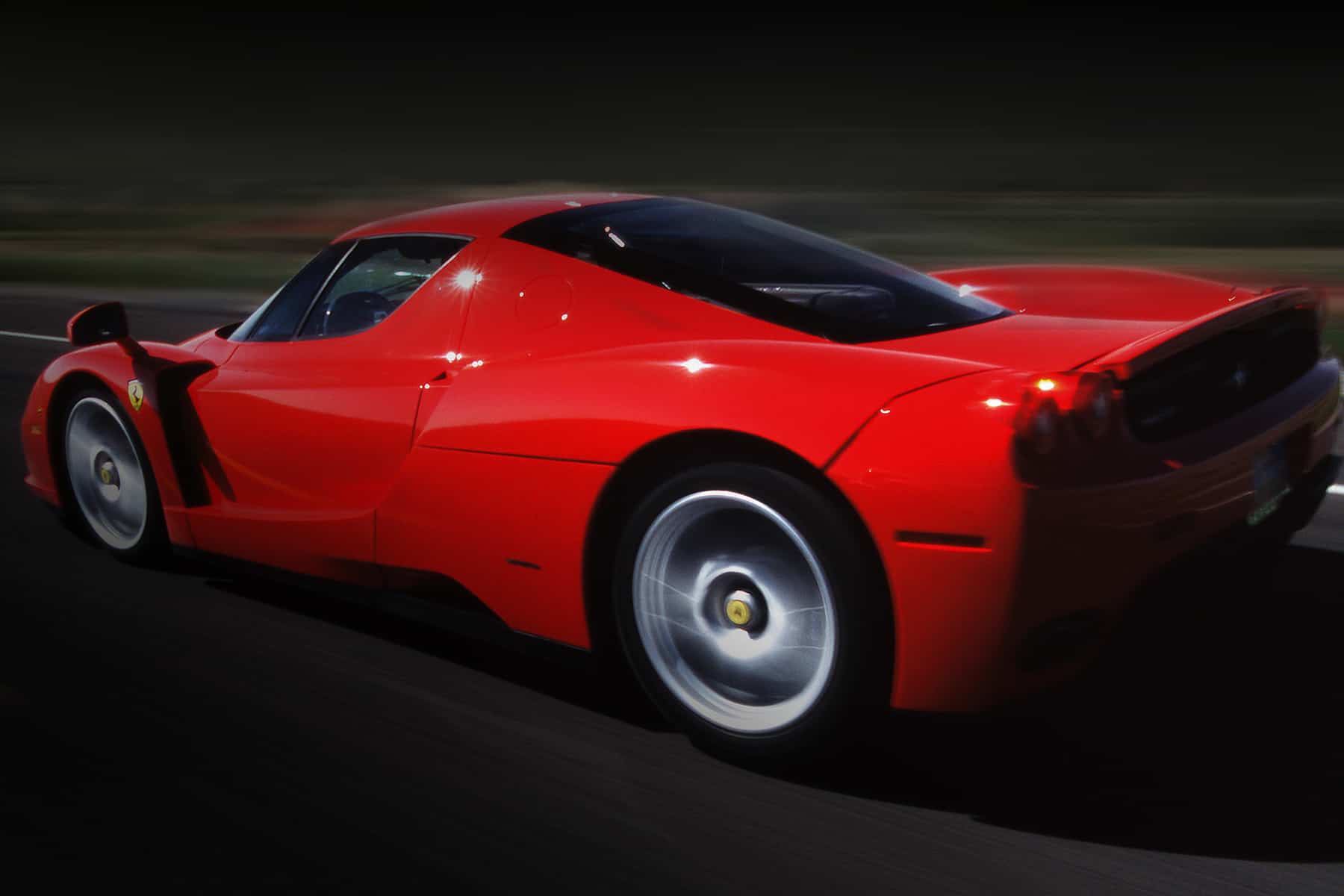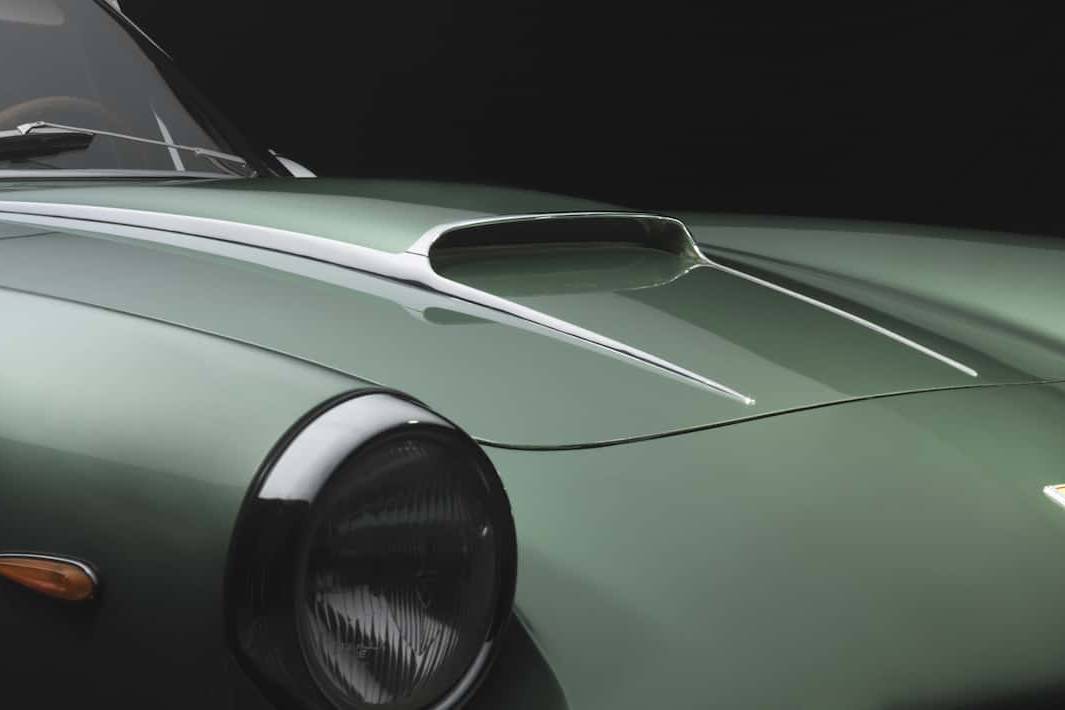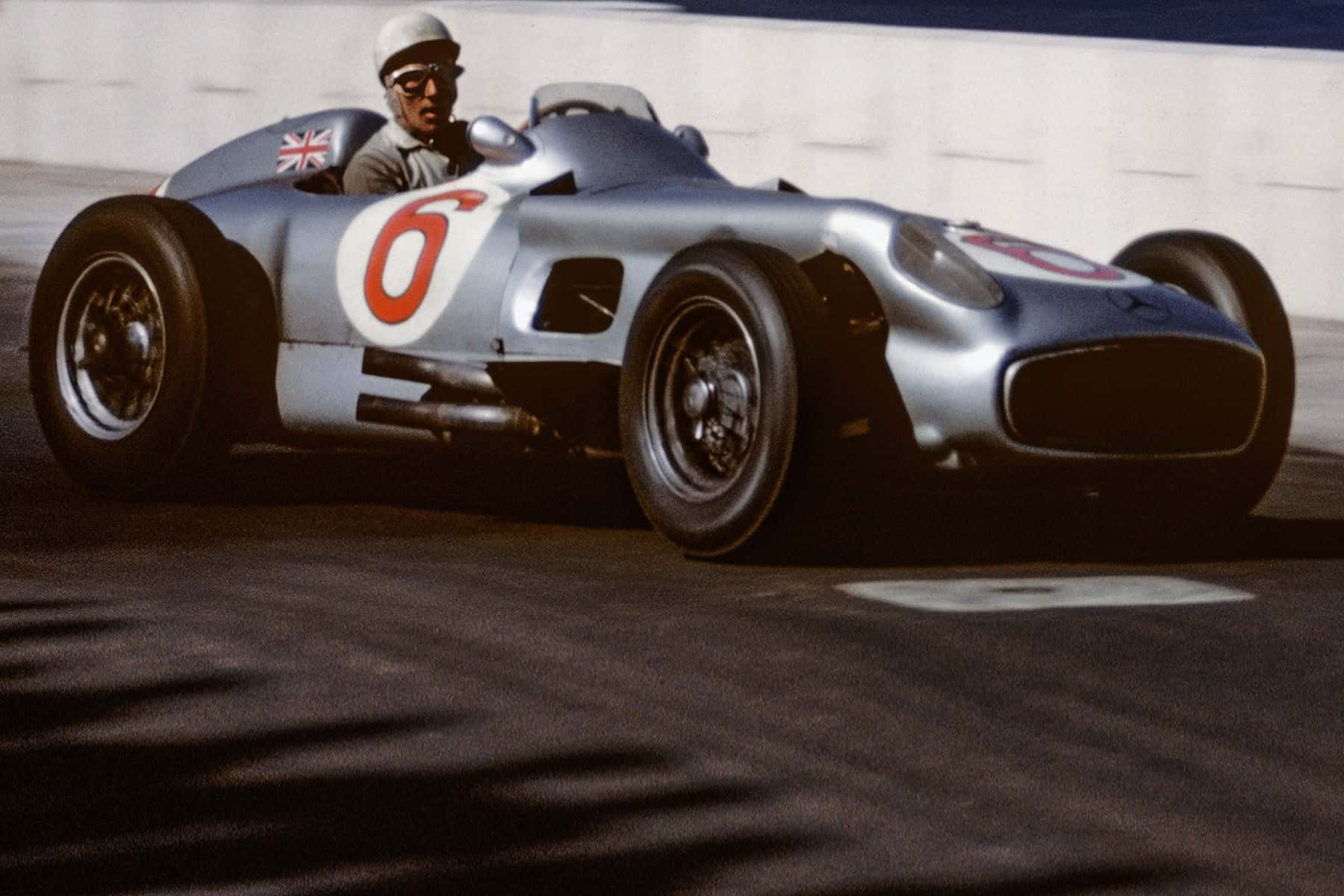
Sir Stirling Moss – “The Gentleman Was a Tiger”
An appreciation in photographs by Jesse Alexander
BY: KEN GROSS
PHOTOS: JESSE ALEXANDER
Sir Stirling Moss, O.B.E., passed away last week in London following a prolonged illness. He was 90 years old. “I’d like to be remembered as a racer,” he liked to say, and was he ever.
In the 1950’s and 1960’s, winning a remarkable 212 of 529 races, Moss repeatedly proved he could win in any type of car, on any kind of track. Patriotic and a tad idealistic in the tenor of the times, for a while, he insisted on only driving British cars, and he still managed to prevail against superior German and Italian makes.
“Better to lose honorably in a British car than win in a foreign one,” he said.
It’s been said Moss was the greatest driver never to win a World Grand Prix driving title. The consummate sportsman, he did win 16 Grand Prix races, and lost the driving title by one point one year, because he intervened with officials to exonerate rival Mike Hawthorn who’d pushed his stalled car off the track. (Stirling had won four GP’s that year to Hawthorn’s one win).
In a feat never to be repeated, Moss won the Italian Mille Miglia, aided by pace notes from navigator Denis Jenkinson. He singlehandedly averaged nearly 100-mph for ten hours. Driving a battered Mercedes-Benz 300SLR with a bent chassis, he won the grueling Targa Florio in Sicily, and set a record doing so. Front-engine or rear-engine, it didn’t matter. Moss won the Argentine GP in a Cooper, gambling that his tires would last the entire 80 laps. He set a land speed record at Bonneville in an MG streamliner.
In 1962, at the top of his game, Moss suffered a near fatal crash at Goodwood in a Lotus. Trapped unconscious in the car for 40 minutes, his left side was paralyzed for six months. As soon as he was able, he tried again, but while still quick, he felt he could no longer be competitive. Moss retired at age 32, to become an ambassador for the sport of racing, winning the hearts and minds of the public. Ironically, he’d just been offered a contract by Enzo Ferrari, who said, he’d build him any racecar he wanted.
American racing photographer Jesse Alexander worked when Moss was at his peak. Brilliant with a camera and tireless, Jesse traveled to all the races for nine years during this Golden Era, and had the knack of being in exactly the right place to get the best images. Moss and Alexander became friends.
Moss wrote: “One of his (Jesse’s) great talents (was) the instinctive ability to reveal the role of both the machine and the human in automobile racing. You get the cars and the circuits, but you also glimpse the intense human emotions and effort involved…Jesse knew (these) people…he had a sympathetic understanding of their triumphs and failures.”
“Stirling Moss was a part of my life for many years,” said Jesse, “When we were both living in London. My wife Nancy and I visited Stirling and his wife Susie at their Shepherd St. Mews House, and we were impressed with Stirling’s innovative designs. He was a racer, a designer and a writer.
“And Stirling was an amazing driver,” Jesse notes. “One of my favorite racing memories is of his win with Denis Jenkinson in the 1955 Mille Miglia. So it was great to be able to read his own words about it in the introduction to my book, Driven. We remained friends over the years, and we continued to exchange notes and Christmas cards. I was very sad to lose him.”

In the 1950’s, drivers were fierce competitors, but many were close friends, and sometimes they’d be teammates. At the 1955 Sicilian Targa Florio, co-driving a Mercedes-Benz 300SLR, Stirling Moss and Peter Collins’ win gave Mercedes the World Sports-Car Championship by one point over Ferrari.
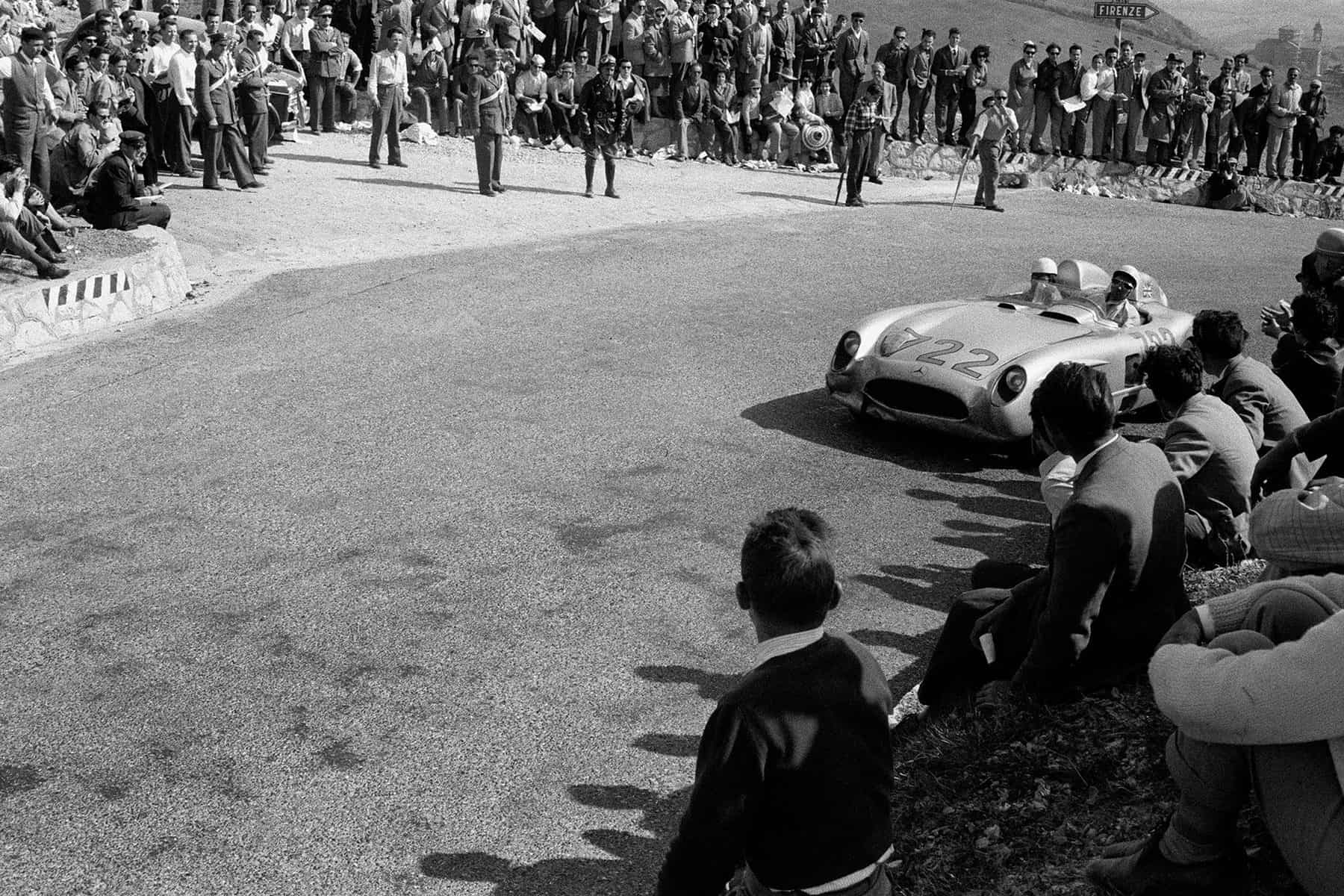
Assisted by Denis Jenkinson’s pace notes, Moss won the 1955 Mille Miglia in a Mercedes-Benz 300SL, driving 10 hours, 7 minutes, over 992 miles of public roads, and averaging an incredible 97.7 mph. Stirling Moss remains the only British driver ever to win the storied Italian road race.

Photographers in Jesse Alexander’s era enjoyed close access to the drivers that’s denied today. The affection between Stirling Moss and Jean Behra is evident. Moments later, they’d be intensely racing one another. Sadly, Jean Behra died when he crashed his Porsche RSK at Avus in 1959.
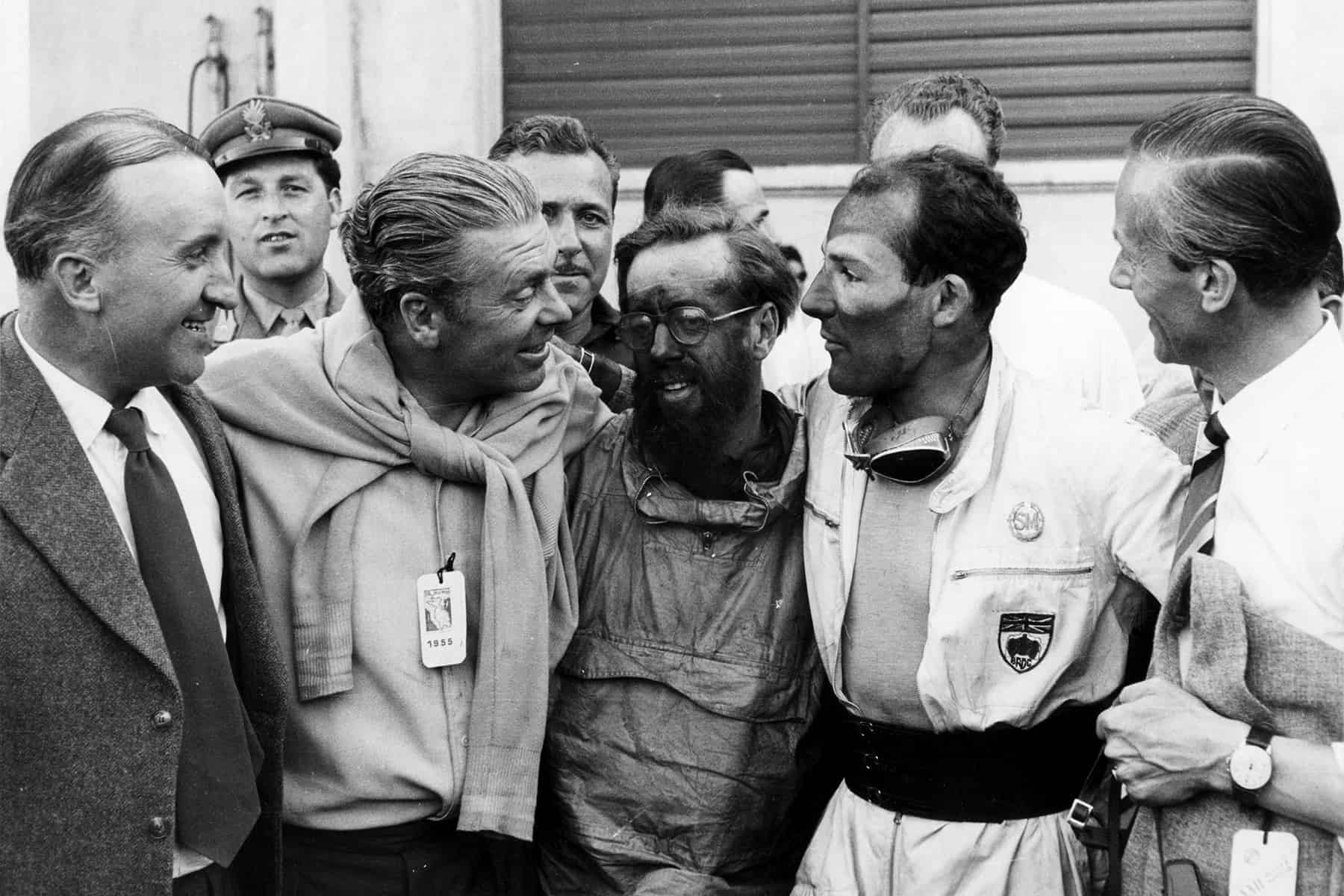
After their winning ten-hour 1955 Mille Miglia drive, Moss and his navigator Denis Jenkinson are elated, exhausted and covered with road grime and brake dust. Mercedes-Benz’s Chief Racing Engineer Rudolf Uhlenhaut, on Jenks’ right, was said to be nearly as quick in a racecar as his top drivers.

Stirling Moss drove Aston Martin DBR1’s at Silverstone, the Nürburgring, Le Mans and Goodwood in 1959. He finished second at Silverstone, won the Nürburgring 1000KM, co-driving with Jack Fairman, DNF’d at Le Mans (valve trouble) and won again at Goodwood, where he had to change cars because of a fire.
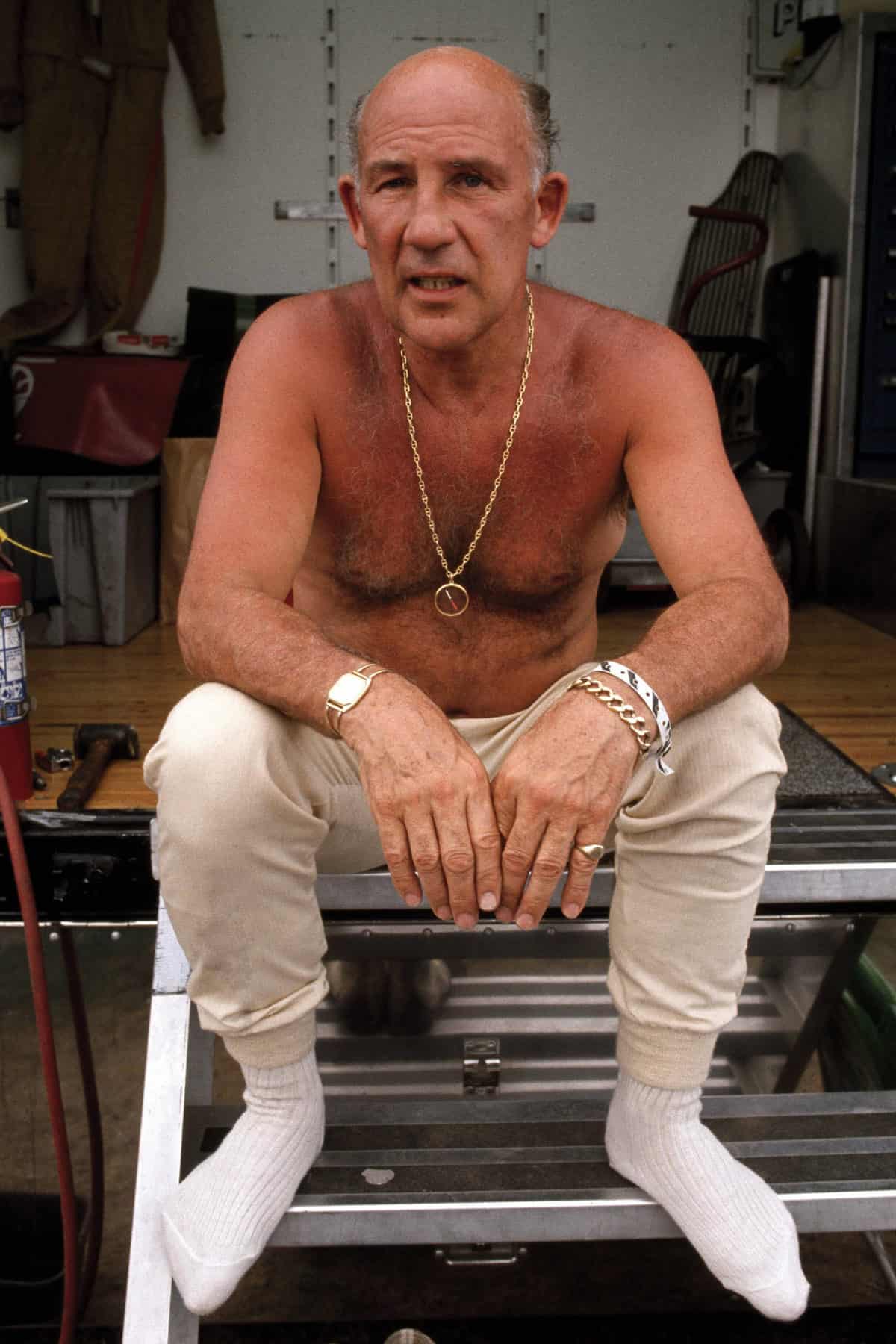
Combat veterans talk about the 1,000-yard stare. Here’s Moss looking tired but fiercely determined. It’s a contemporary photo. After his retirement, Stirling often drove demonstration laps at major race meets in racecars from his 1950-s-1960’s era. He didn’t dawdle around the course, either.

A relaxed Stirling Moss jokes with a mechanic, while the racing number is applied to his Vanwall. He won the Italian Grand Prix, averaging 120.28 mph for 87 laps. Note an almost total lack of protection – a lightweight helmet, no fire suit, cloth weave gloves. Racers were brave men in the ‘50s.
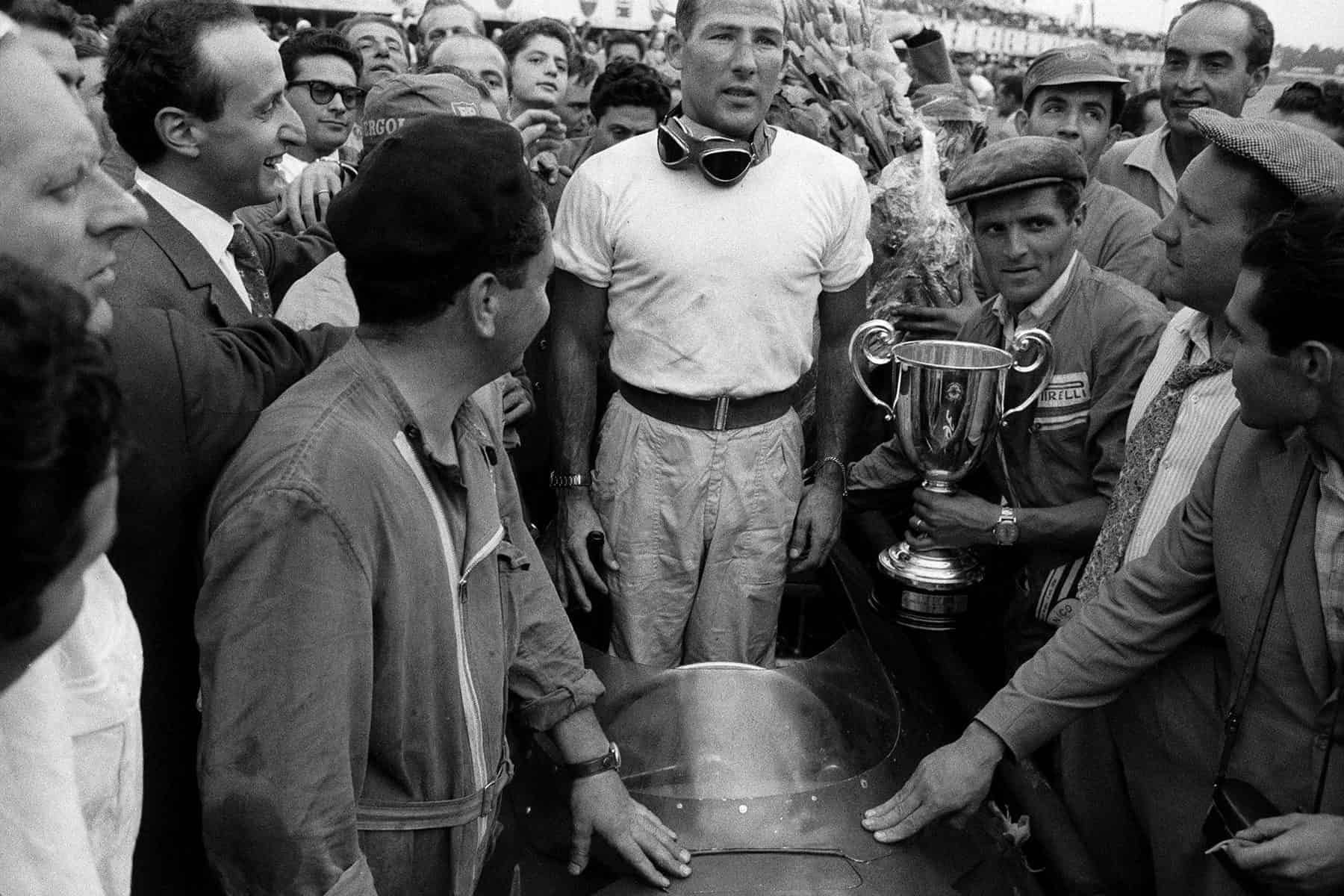
Moss drove a Maserati in the fast-paced Italian Grand Prix at Monza in 1956, winning the race and averaging 129.75 mph. Tired and emotional, he stands at attention with the trophy, probably as they played the British National Anthem. He finished six seconds ahead of Juan Fangio, after Peter Collins, despite his having had a chance to win the driving title, let Fangio take over his car.
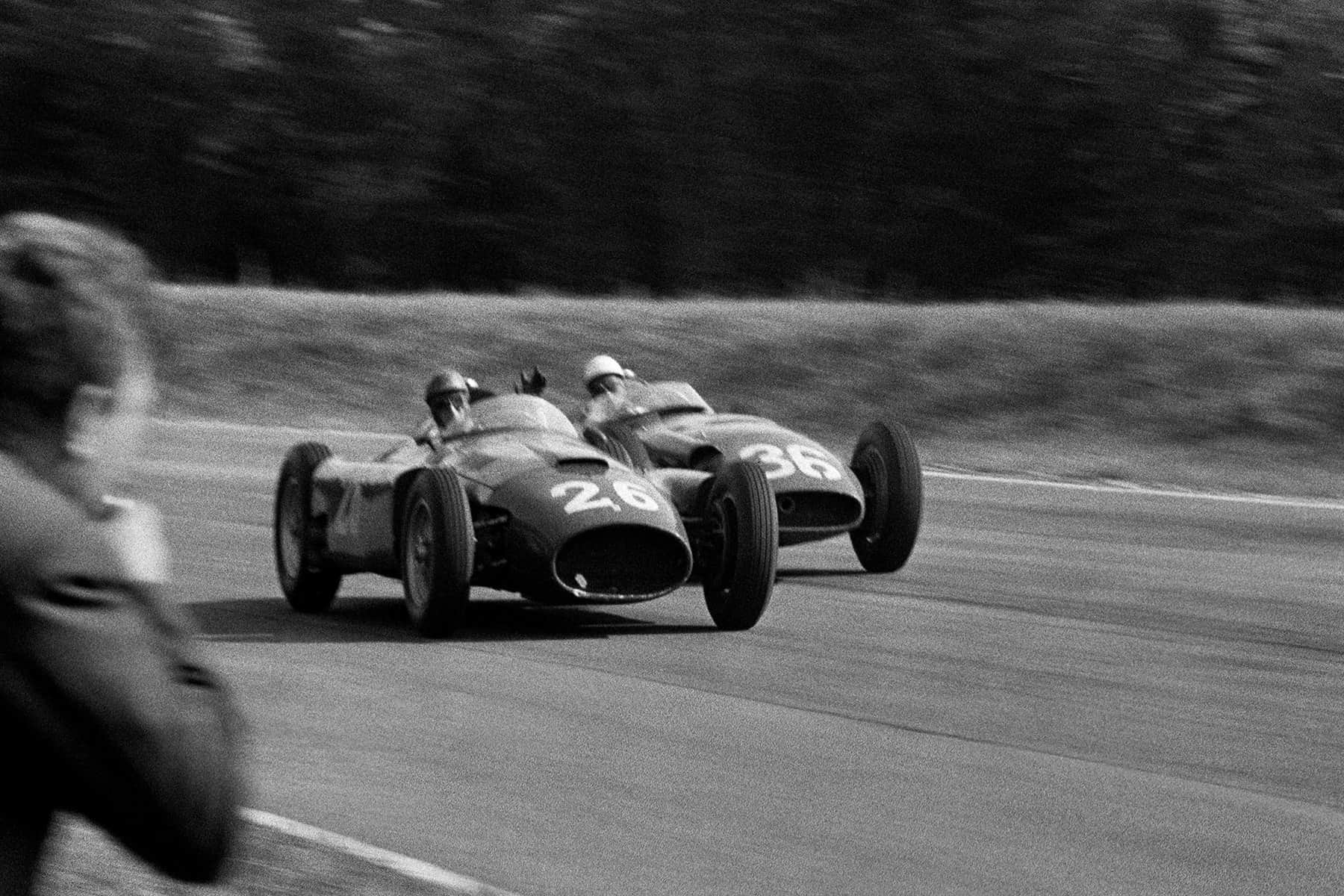
Juan Fangio, in a Lancia-Ferrari waves Moss’ Maserati to pass. Note there are no barriers visible and the photographer in the foreground is just a few feet from the action. Jesse is probably positioned just to the right, at the track’s edge, equally close to the cars hurtling by. Fangio would win his final world championship that year with Ferrari.
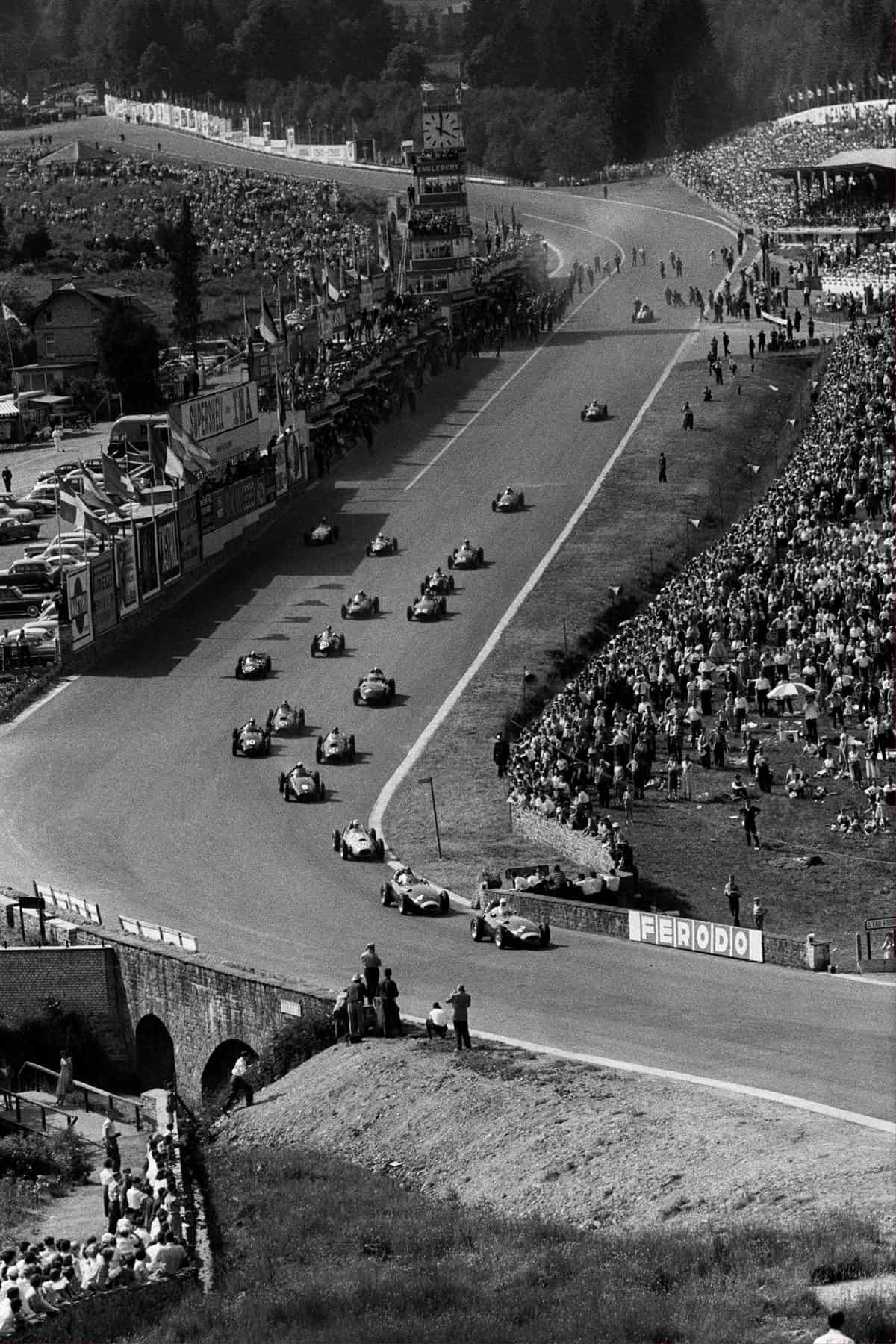
Charging up the hill at Spa-Francorchamps in 1958, en route to the challenging Radillon curve, Moss’ Vanwall leads Tony Brooks and a determined pack of snarling GP cars. Stuart Lewis-Evans in a third Vanwall is further behind. Brooks won that day. Stirling DNF’d, having over-revved his engine on that first lap.
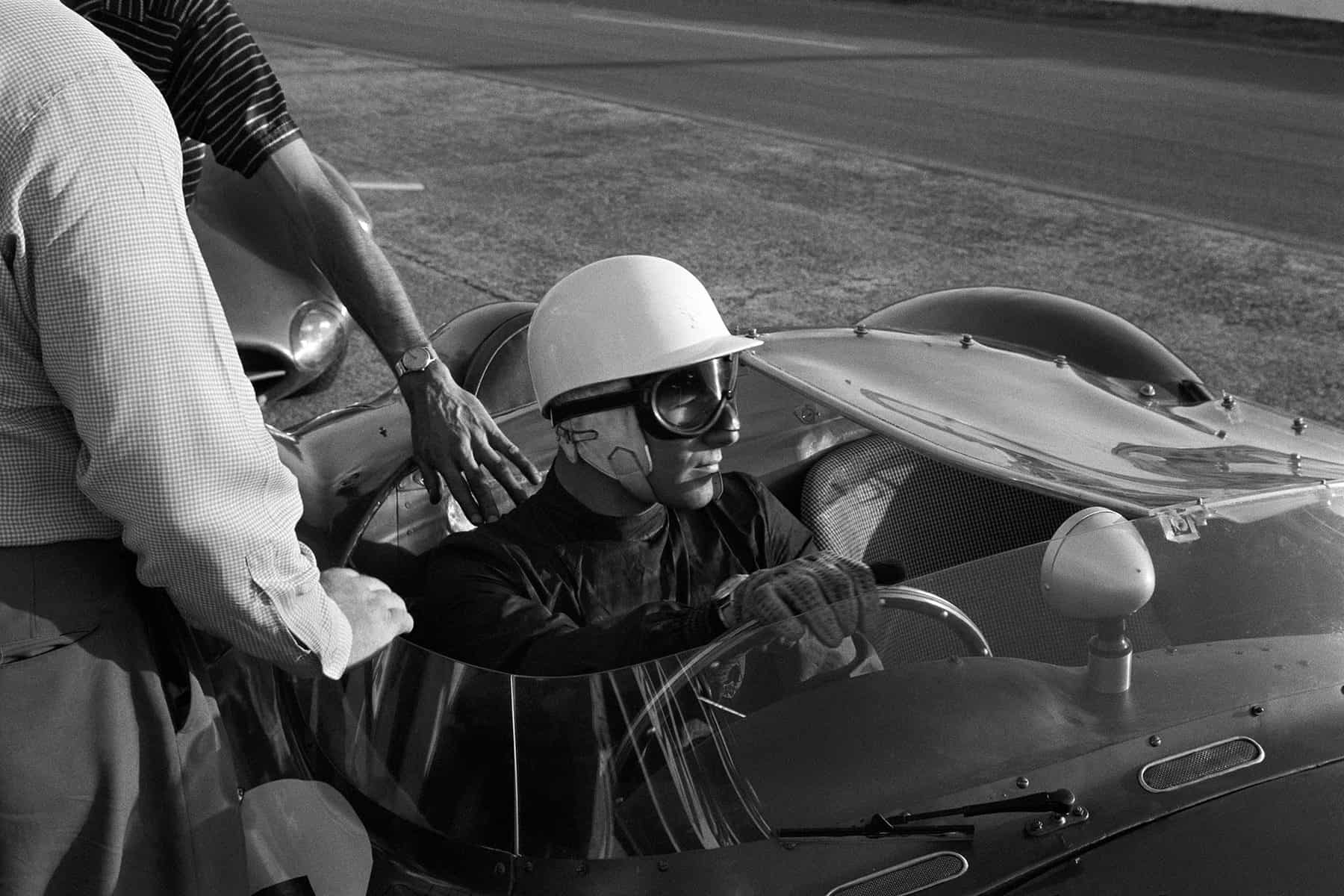
A pensive Stirling Moss in his Aston Martin DBR1 at Le Mans. Paired with Jack Fairman, he retired with ‘valve trouble.’ Even allowing for a long lens, photographer Jesse Alexander is very close to the pit action. Carroll Shelby and Roy Salvadori won the race in a similar DBR1, saving the day for Aston. All the Ferraris retired with clutch trouble.
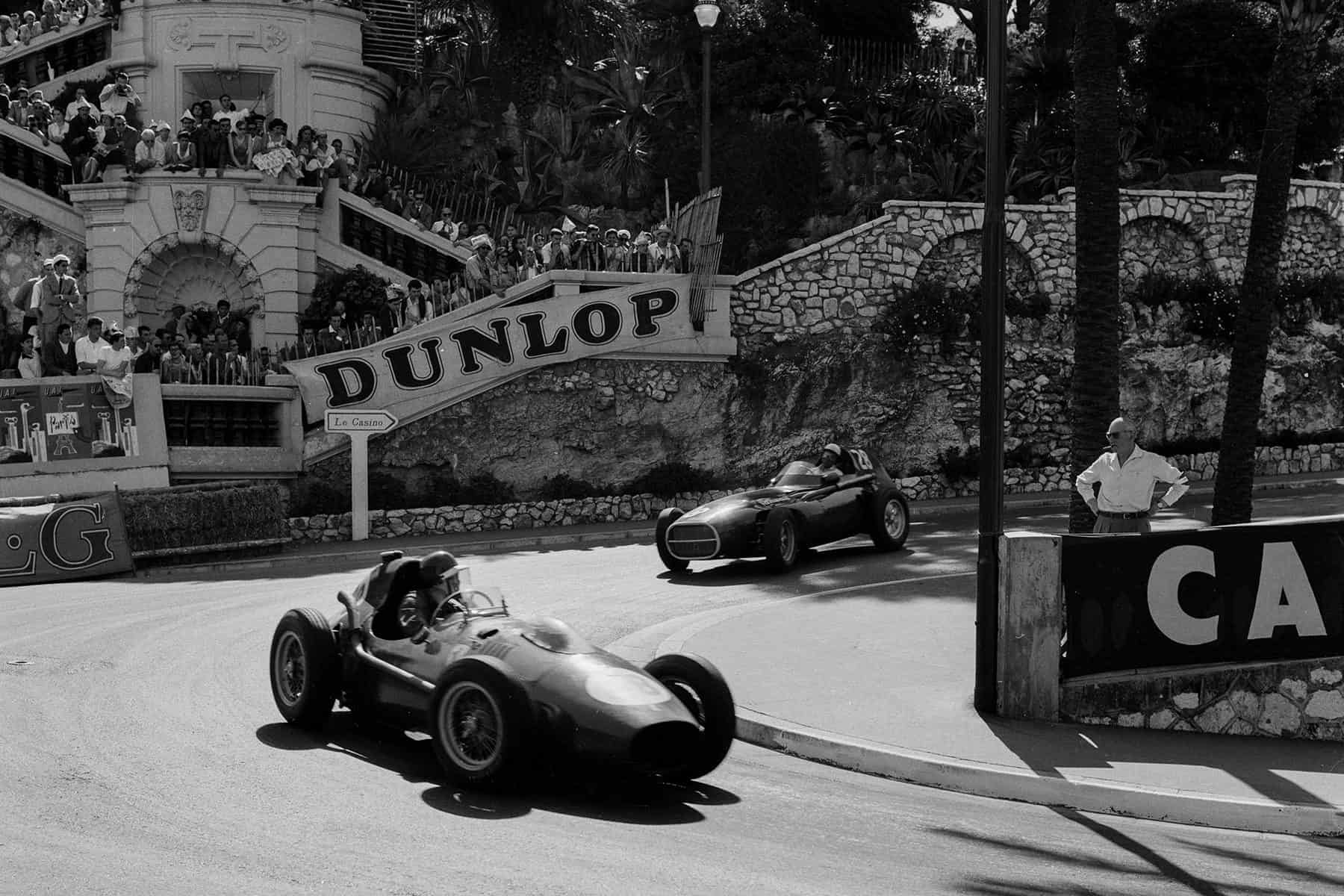
Stirling Moss’s Vanwall chases Mike Hawthorn’s Ferrari at Monaco in 1958. Moss went on to win, and turned the fastest lap, 93.96 mph on lap 32. Here Hawthorn glances furtively over his shoulder as if he knows he can’t hold off a hard- charging Stirling Moss. Few drivers could, no matter what they were driving.


